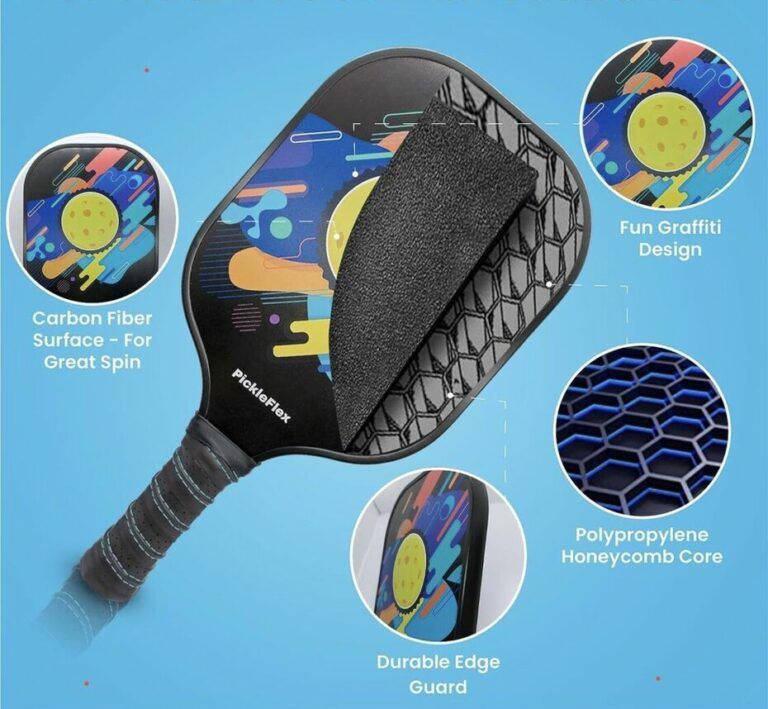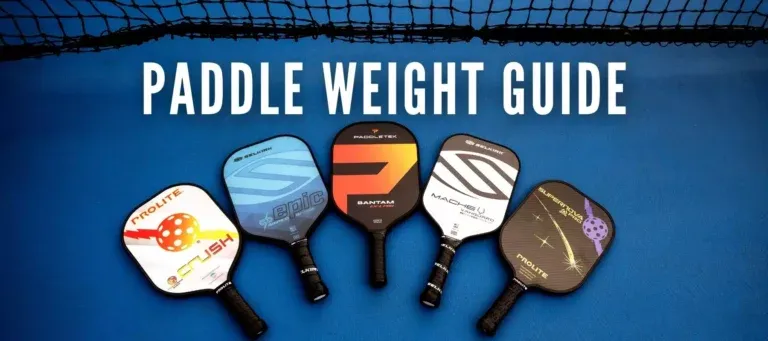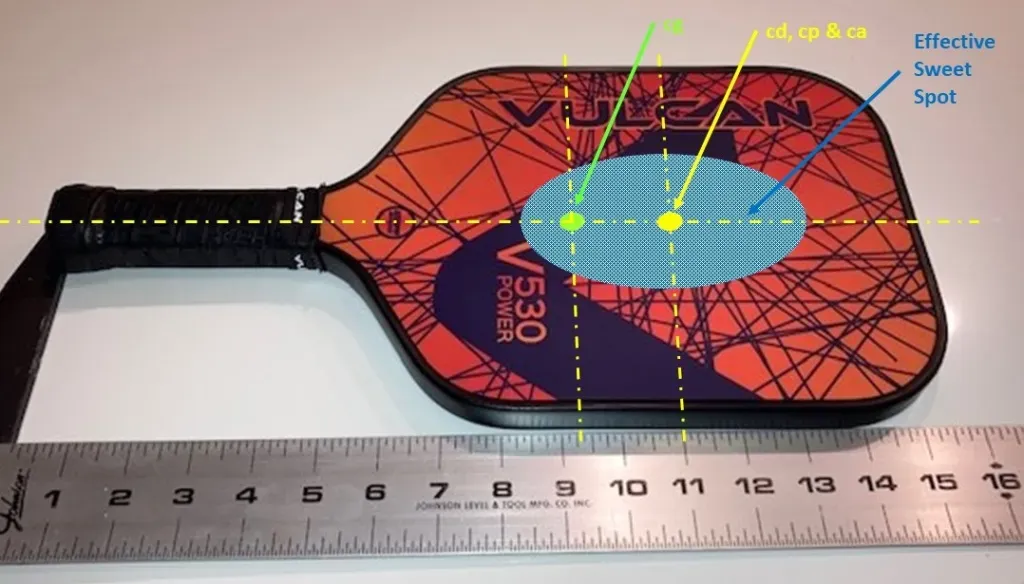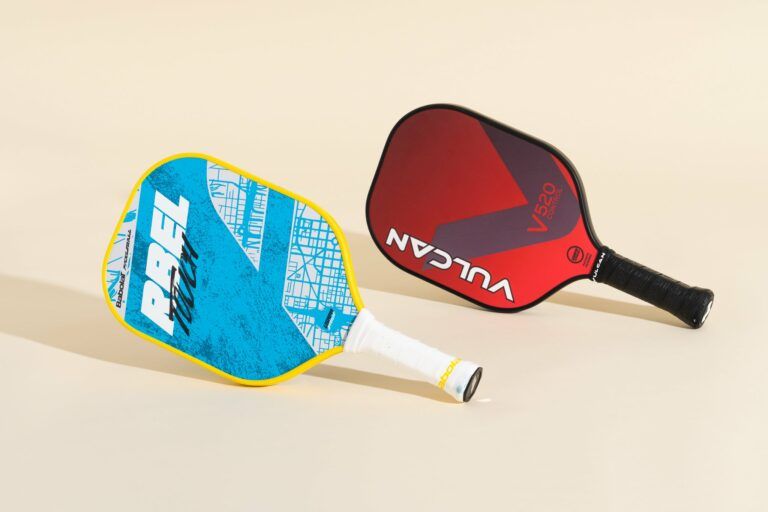Understanding the materials: Carbon Fiber vs Fiberglass Pickleball paddles
Material Composition
Carbon fiber paddles are crafted from thin strands of carbon atoms, each contributing to a lightweight, yet incredibly strong material. This advanced construction technique results in paddles that are known for their stiffness, allowing them to generate powerful strikes while maintaining an overall weight that typically falls between 6.5 to 8.2 ounces. The manufacturing process of carbon fiber is complex, often involving intricate layering and bonding techniques. These factors altogether contribute to the paddle’s unique performance characteristics, making them an attractive option for competitive players.
Conversely, fiberglass paddles utilize interlaced glass fibers, which provide a different playing experience. Fiberglass is known for its flexibility and durability, allowing for a more forgiving feel during gameplay. The weight of fiberglass paddles usually ranges from 6.8 to 8.2 ounces, making them slightly heavier than their carbon fiber counterparts. This added weight may be beneficial for players who prefer a paddle that offers more control and a softer touch.

Performance Comparison
When it comes to power and control, carbon fiber paddles excel due to their stiff construction, which enables players to deliver strong and aggressive shots. The enhanced energy transfer during strikes allows for quicker reaction times, making these paddles ideal for players who thrive on an aggressive playing style. This stiffer feel often provides a direct connection to the ball, which can be invaluable during fast-paced gameplay.
On the other hand, fiberglass paddles focus more on control. They are particularly praised for their performance during softer shots such as dinks and drop shots. The inherent flexibility of fiberglass results in a larger sweet spot, meaning that players can sustain a more forgiving touch during play. For players who desire finesse and need to execute delicate shots, fiberglass paddles may be the preferable choice.
| Characteristics | Carbon Fiber | Fiberglass |
|---|---|---|
| Power | Strong, aggressive shots | Good power for softer shots |
| Control | Direct energy transfer | More forgiving touch |
| Weight | Lighter (6.5 - 8.2 oz) | Heavier (6.8 - 8.2 oz) |
| Sweet Spot | Smaller but impactful | Larger, more forgiving |
Weight and Maneuverability
The weight of a paddle significantly influences maneuverability, which in turn affects player performance and fatigue levels. Lighter paddles like carbon fiber options allow faster swings and quicker reactions, reducing the overall strain on a player's arms and shoulders during extended matches. This agility tends to benefit players who rely on speed and rapid responses.

In contrast, heavier fiberglass paddles can provide some players with an added sense of stability and control. However, they may lead to increased fatigue during prolonged play. Therefore, the weight selection often hinges on an individual's playing style and stamina; lighter paddles generally favor aggressive plays, while heavier options might assist players in executing precision shots with greater stability.
Sweet Spot and Forgiveness
Paddle design also includes considerations regarding the sweet spot – the area on the paddle that offers optimal striking efficiency. Generally, carbon fiber paddles are noted for having a smaller sweet spot compared to fiberglass paddles, but when players do hit within that area, the results can be incredibly powerful. The responsiveness of carbon fiber can accelerate ball speed and accuracy when used correctly.
Conversely, fiberglass paddles typically provide a larger sweet spot, enhancing what can be termed as "forgiveness." This means that off-center hits by players are less likely to result in significant loss of control or power, which is especially advantageous for less experienced players who may not always find the ideal striking zone.

Vibration Damping and Comfort
Feel and comfort during play are vital components in paddle selection, as they can significantly impact player wellbeing and performance. Carbon fiber paddles tend to feature superior vibration dampening capabilities. The material absorbs shock well, resulting in increased comfort and reducing the likelihood of arm fatigue or injury over prolonged periods of play.
On the other hand, although fiberglass paddles may not offer advanced vibration dampening, they often provide a softer touch which can lend itself to better control for nuanced shots. This characteristic can make fiberglass paddles particularly appealing to players who prioritize a more tactile, responsive feel as they engage in the game.
Surface Texture and Spin
Finally, the surface texture of the paddle faces can have meaningful implications for the grip and spin achieved during play. Carbon fiber paddles often utilize a Carbon Friction Surface (CFS), designed to enhance grip on the ball for executing spins more effectively. The slick nature of carbon fiber can provide impressive ball control, leading to better topspin and slice shots.
In contrast, fiberglass paddles often employ a Fiberglass Abrasion Surface (FAS) to promote a different type of ball handling. While effective, the spin produced may not be as pronounced as that seen on carbon fiber paddles. Therefore, for those who wish to enhance their spin game, opting for a carbon fiber paddle could be the superior choice.
Durability and Longevity
When investing in pickleball paddles, durability and lifespan should also be considered closely. Understanding how each material withstands wear and tear can play a decisive role in the choice of paddles.

Resistance to Damage
Carbon fiber is renowned for its durability and resistance to physical damage such as dents and dings. Nonetheless, it can be more brittle compared to fiberglass. Under extreme conditions, like prolonged exposure to sunlight, carbon fiber paddles can experience UV damage, increasing the risk of cracking if not cared for properly. Despite these potential vulnerabilities, properly maintained carbon fiber paddles tend to last a considerable amount of time, making them a long-term investment for dedicated players.
Fiberglass, while generally resilient, tends to be more prone to wear over time. The longevity of fiberglass paddles varies significantly based on usage but typically ranges from 3 to 24 months, depending on how frequently and aggressively they are employed in play. For beginners or casual players who do not demand the long-term performance the game’s elite might require, fiberglass paddles can serve as a solid entry-level option.
Cost and Value Proposition
Long-Term Investment
The cost of paddles can significantly differ between carbon fiber and fiberglass models, often influencing the purchasing decision for many players.
Carbon fiber paddles range from $150 to over $300. This higher price reflects the advanced material properties and complex manufacturing processes involved, which ultimately contribute to superior performance on the court. For serious players seeking to elevate their game consistently, investing in carbon fiber paddles may be worthwhile for the performance benefits they provide.
In contrast, fiberglass paddles are usually priced more affordably, typically ranging from $50 to $150. This economic aspect makes fiberglass paddles especially popular among beginners and recreational players looking for good performance without the burden of a substantial investment. The key here involves balancing short-term costs with long-term performance benefits, as players’ skills can develop quickly.

Choosing the Right Paddle for Your Skill Level
Selecting the right paddle is closely tied to a player’s experience and playing style.
Beginner Recommendations
For beginners entering the game, fiberglass paddles are often the better option. Their forgiving nature and impressive control can aid new players as they develop foundational skills without overwhelming them with excessive performance pressure. These paddles provide ample power yet maintain a comfortable feedback level, which is critical for beginners still honing their technique.

Intermediate and Advanced Player Preferences
As players progress to intermediate or advanced levels, carbon fiber paddles frequently become preferred due to their lightweight and responsive nature. The ability to deliver rapid shots with precision can benefit aggressive players and those who rely on quick shifts in strategy. The enhanced power, control, and overall performance of carbon fiber paddles often appeal to experienced players looking to push their games to new heights.

"Feel" Customization
The feel of a paddle can greatly affect player experience, with manufacturers employing various techniques to manipulate this aspect through advanced construction methods.
Flex Profiles and Responsiveness
Different flex profiles can be achieved through the various carbon fiber weaves or fiberglass layering processes. Depending on how the materials are arranged tight weaves for more stiffness or looser weaves for enhanced flex players can experience different levels of responsiveness. Heavier flexible profiles may assist players in generating spin, while stiffer profiles can offer more power.
Paddle manufacturing continues to innovate, with hybrid models emerging that blend both carbon fiber and fiberglass materials to take advantage of the best attributes of each. These hybrid paddles create a unique balance of power and control, making them increasingly popular among various playing styles.
Expert Insights and Recommendations
Input from professional pickleball players and coaches can further inform paddle selection. They often highlight the importance of choosing equipment that aligns with one's playing strategy and preferences. Competitive players frequently favor carbon fiber paddles for their propensity to deliver performance under pressure, while coaches may suggest fiberglass paddles for beginners focusing on developing consistency and skill.
Conclusion
Making the right choice between carbon fiber vs fiberglass pickleball paddles ultimately hinges on individual player needs and preferences. Each material has distinct characteristics, strengths, and weaknesses that affect gameplay. Carbon fiber paddles are ideal for players seeking enhanced speed, power, and durability, making them suitable for aggressive styles. In contrast, fiberglass options provide excellent control and comfort, ideal for those who appreciate finesse in their game. By understanding these differences, players can optimize their performance and enjoyment of this exhilarating sport.










